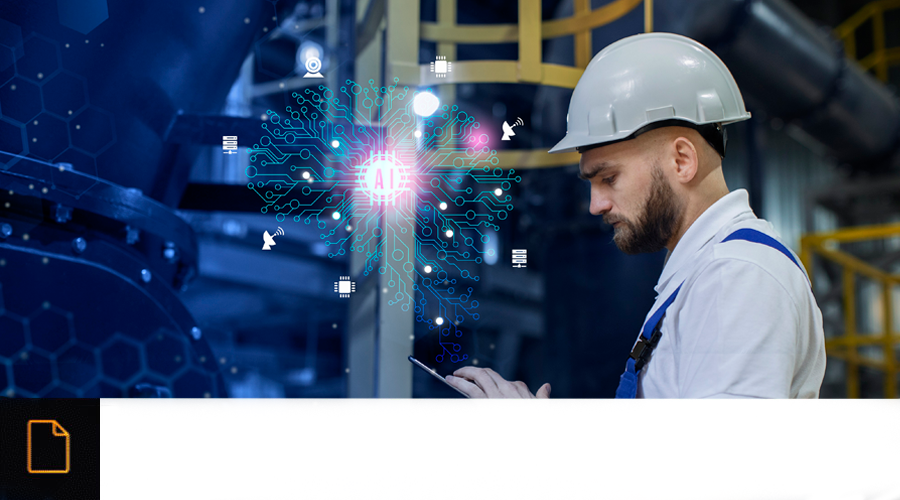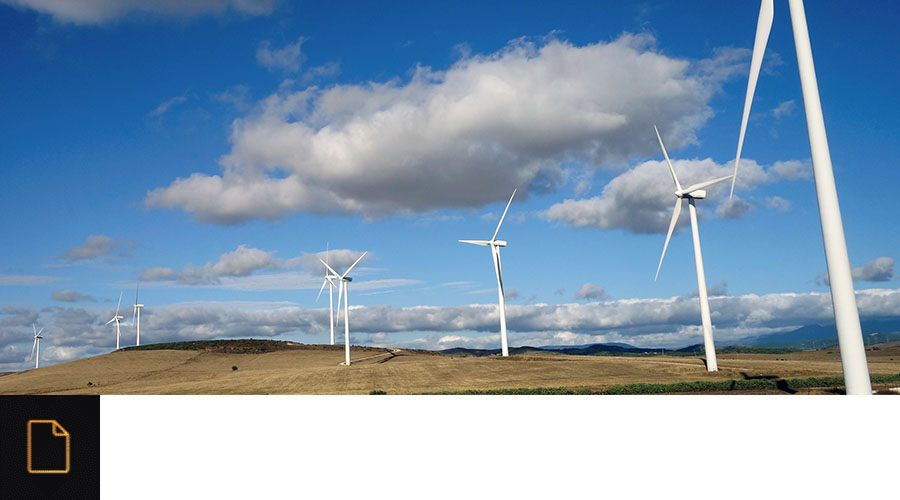The Convergence of Technology and Manufacturing:
Towards the Industrial Revolution 4.0
Written by Dpto. Marketing
January 31, 2024 | Industry 4.0 | Article
The Convergence of Technology and Manufacturing: Towards the Industrial Revolution 4.0
The convergence of technology and manufacturing is leading the way to a new industrial era, in which the integration of intelligent systems, advanced automation and total connectivity are radically transforming the way we produce goods. This phenomenon is known as Industry 4.0, and represents a major shift in the manufacturing paradigm, taking it to a level marked by efficiency, customization and data-driven decision making.
Key technologies in Industry 4.0
When we talk about technological convergence in manufacturing, we refer to the integration and synergy of different technologies to create more complete and efficient solutions. Some of the key technologies involved in this convergence process are:
- The Internet of Things (IoT):
It enables the connection of devices and machines on the manufacturing floor, facilitatingreal-time data collection. Sensors integrated into equipment and products can transmit valuable information, from the performance of machinery to the behavior of the product once in the customer's hands.
- Artificial Intelligence (AI) and Machine Learning:
Both are used to analyze large amounts of data generated by the IoT, which helps in the identification of patterns and trends, and also enables autonomous decision making by the systems.
- Augmented Reality (AR):
AR is being introduced into manufacturing environments to improve training, maintenance and troubleshooting. Workers can use devices such as smart glasses to access real-time contextual information while performing tasks.
- Additive Manufacturing (3D Printing):
3D printing is revolutionizing manufacturing by enabling the creation of complex, fully customized parts with great efficiency. This reduces material waste and opens the door to designs that were previously not possible.
- Industrial Cybersecurity:
With increased interconnectivity between devices, cybersecurity has become crucial. The convergence between technology and manufacturing also involves the development of robust systems to protect industrial facilities against cyber threats.
How is technology transforming industrial facilities?
The use of technological advances has meant the total transformation of manufacturing plants and industrial processes. These are some of the benefits of installing the latest technologies in the industry:
- Increased Operational Efficiency
Technological convergence enables greater operational efficiency by optimizing processes. Real-time data collection and analysis provides key information on machine performance, enabling proactive maintenance planning and identification of areas for improvement.
- Customized Production
By being able to collect and analyze data on market demand and understand customer preferences, more customized production is possible. Manufacturing lines can be adapted to produce smaller batches and more customized products, responding directly to consumer needs.
- Collaborative Models
The convergence between technology and manufacturing has also given rise to collaborative models in factories. Teams can collaborate more efficiently even over long distances, thanks to digital tools that facilitate communication and information sharing.
- Improved Decision Making
The convergence of technologies makes it possible to obtain a greater amount of data in real time, which improves decision making. Predictive analytics and the ability to respond immediately to market changes become possible, enabling companies to adapt quickly to ever-changing demands.
- Intelligent and Autonomous Manufacturing
Intelligent systems, powered by machine learning algorithms, are giving way to intelligent, autonomous manufacturing. Machines can make real-time decisions, adjust production as needed and anticipate problems before they occur.
What are the challenges and opportunities that this convergence allows?
The convergence between technology and manufacturing presents challenges, such as the need for investment in new technologies and the training of personnel to adapt to these changes. But it also offers great opportunities:
- Constant innovation
Technological convergence drives continuous innovation. Companies that adopt these technologies are better positioned to lead in their respective sectors, are more capable of advancing and adapting to market demand.
- Sustainability
Improved efficiency and customized production can lead to more sustainable manufacturing by reducing material waste and avoiding unnecessary overproduction.
- Global Competitiveness
Facilities that take advantage of advances in technology can improve their global competitiveness by adapting quickly to changing market dynamics. This puts them ahead of competitors that do not integrate these technologies.
Sources:
https://www.sernauto.es/blog/elevar-la-produccion-al-siguiente-nivel-fabricacion-inteligente/
https://revistabyte.es/tendencias-tic/industria-4-0-it-ot/
https://www.asidek.es/convergencia-en-la-fabricacion/
https://www.autodesk.com/es/design-make/articles/convergencia-en-fabricacion
https://www.asidek.es/blog-convergencia-industrias-modelos-colaborativos/
https://wautechnologies.com/noticias/fabricas-inteligentes-4-0/











